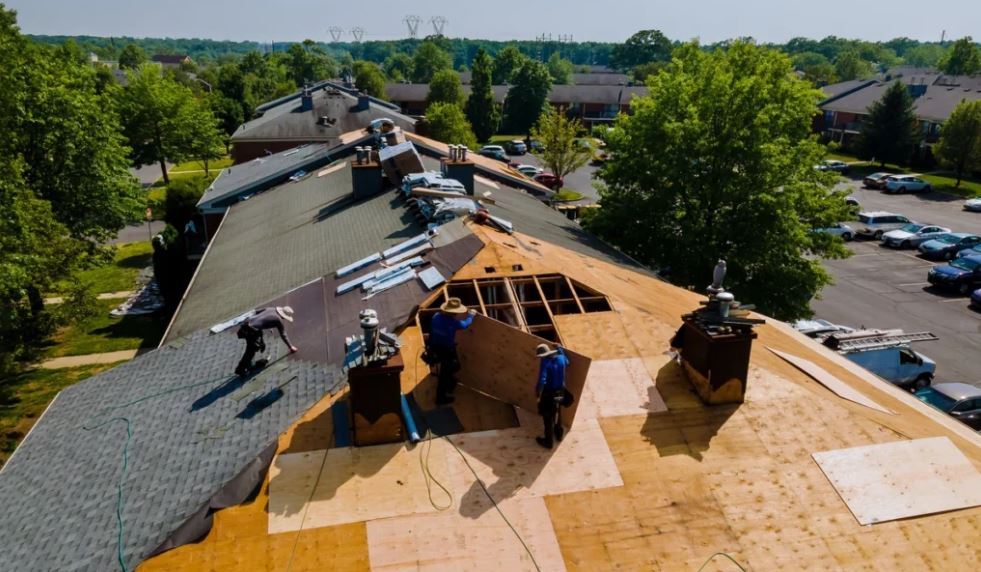Just as the comfort of a warm bed contrasts sharply with the chill of an early morning, the excitement of a home upgrade can starkly collide with the intricacies of the inspection process.
You’re about to embark on a journey of roof replacement, an endeavor that can be daunting yet ultimately rewarding. It’s a path littered with terminologies that might be unfamiliar, and processes that can seem convoluted.
But don’t worry, together we’ll navigate this process, demystifying each step to ensure you’re not only informed, but also empowered. By the end of this discussion, you’ll be equipped with the insider’s knowledge necessary to make this upgrade as seamless as possible.
But before we uncover these insights, let’s first take a moment to understand why this process is so pivotal to your home’s overall integrity.
Understanding the Roof Inspection Process
When you’re gearing up for a roof replacement, understanding the inspection process can help you anticipate what’s ahead, ensuring no nasty surprises catch you off guard.
It’s more than just a casual glance at your roof. Professionals meticulously check for signs of damage, aging, and potential problems. They’ll examine the shingles, gutters, flashing, and chimneys, and look for issues like leaks or structural damage.
If they find any problems, they’ll map out a plan to fix them during the replacement.
You’re part of a wider community of homeowners navigating this process. Remember, this inspection is your ally, identifying any hidden issues to ensure your new roof will be sturdy, resilient, and able to guard your home against the elements.
Tips for a Smooth Roof Replacement
To ensure a smooth roof replacement, it’s crucial that you carefully select a reputable roofing contractor, understand the timeline and costs involved, and prepare your home and family for the disruption that construction can bring.
Begin by researching local contractors, checking their reviews and references. Don’t shy away from asking questions about their experience, licensing, and warranty policies.
Having a clear picture of the timeline helps you plan accordingly. Don’t forget to factor in weather conditions, which can cause delays. It’s also necessary to budget for unforeseen costs, such as replacing damaged underlayment discovered during the process.

